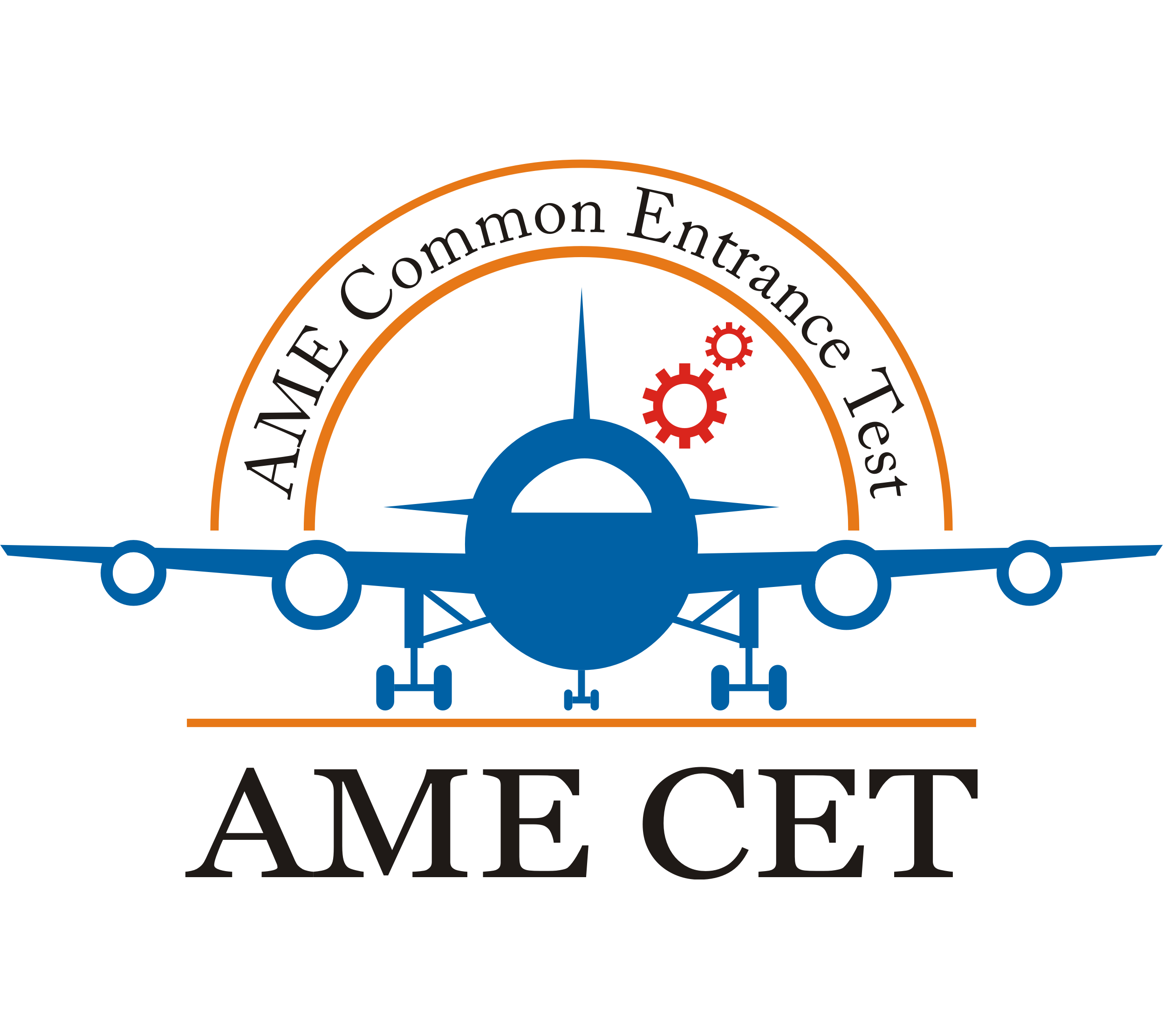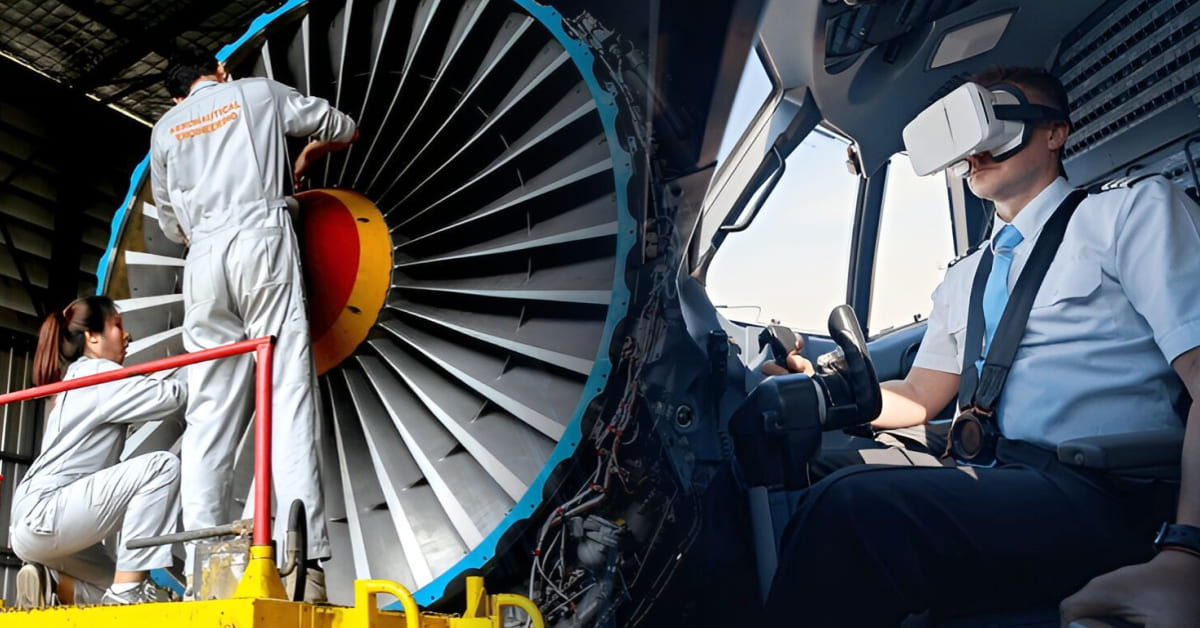Does B.Sc. Aeronautical Include Flight Training?
Posted on : 18 October, 2025 2:52 pm
When students think of aeronautics, many imagine themselves flying aircraft. However, there’s often confusion about whether a B.Sc. Aeronautical degree provides actual flight training like a pilot course. Let’s clear this up.
What B.Sc. Aeronautical Covers
A B.Sc. Aeronautical is a science based program that focuses on the theory and technology of aircraft rather than flying. The course usually includes:
- Aerodynamics – Study of how air moves around aircraft.
- Aircraft structures – Learning about materials and design.
- Propulsion – Basics of aircraft engines and power systems.
- Aviation safety and maintenance – Understanding checks, procedures and systems.
- Lab work and projects – Hands on practice with simulations and models.
The goal is to train students for engineering support, research, design and management roles in the aviation and aerospace sector.
What Flight Training Means
Flight training is a completely separate course path. It involves:
- Learning to operate aircraft in real conditions.
- Simulator sessions followed by actual flying hours.
- Training under DGCA (in India) or FAA/EASA (international) licensed schools.
- Earning pilot licenses like CPL (Commercial Pilot License).
This is not part of the B.Sc. Aeronautical syllabus.
Common Misunderstanding
Many students confuse aeronautical science with pilot training. While both deal with aviation, their focus is different:
- B.Sc. Aeronautical = Academic and technical study of aircraft.
- Pilot training = Professional training to fly aircraft.
Other key differences include:
- Career paths – B.Sc. Aeronautical graduates work in research, design, testing, maintenance or aviation management, while pilots work in flight operations.
- Training style – Aeronautical courses focus on classrooms, labs and simulations, while pilot training involves flight simulators and actual flying hours.
- Licensing – Pilots need licenses like CPL (Commercial Pilot License), but aeronautical graduates don’t need licenses unless they move into specialized areas like aircraft maintenance engineering.
- Cost difference – Pilot training is much more expensive compared to a B.Sc. Aeronautical program.
- Duration – A B.Sc. Aeronautical usually takes 3 years, whereas pilot training can be completed in 18 to 24 months depending on flying hours.
If your dream is to design, maintain or research aircraft, B.Sc. Aeronautical is the right choice. But if your goal is to fly, you should join a pilot training institute after or alongside your degree.
Can You Combine Both?
Yes, some students first pursue a B.Sc. Aeronautical to study aircraft in-depth and then do flights training to become pilots. Such a combination works wonder when careers involve airlines, aircraft testing, and aviation safety, having the synergy of both technical and operational skills.
The B.Sc. Aeronautical program does not have flight training in it. It prepares you for design, research, maintenance, and management, not operational piloting. So, if you want to become a pilot, you will have to enroll in flight school and acquire the necessary licenses. However, doing both can set you up for far more and exciting positions in aviation.

